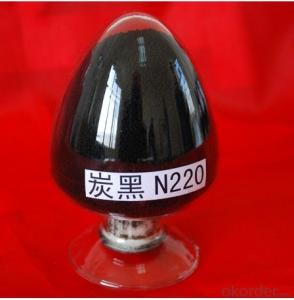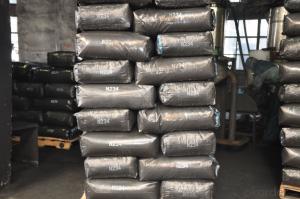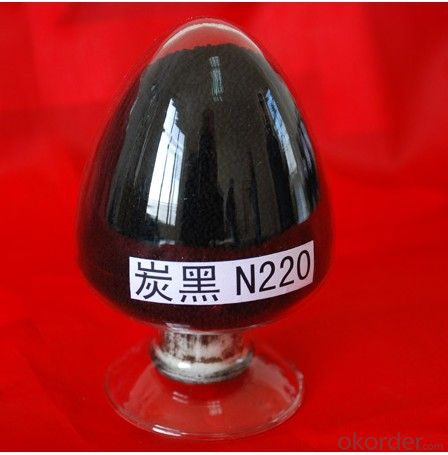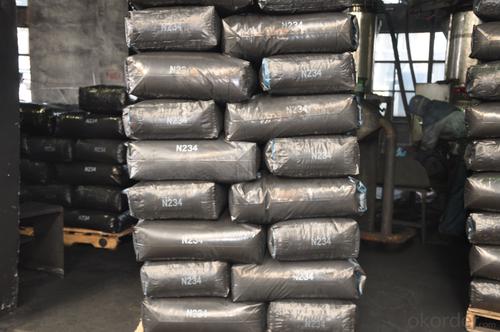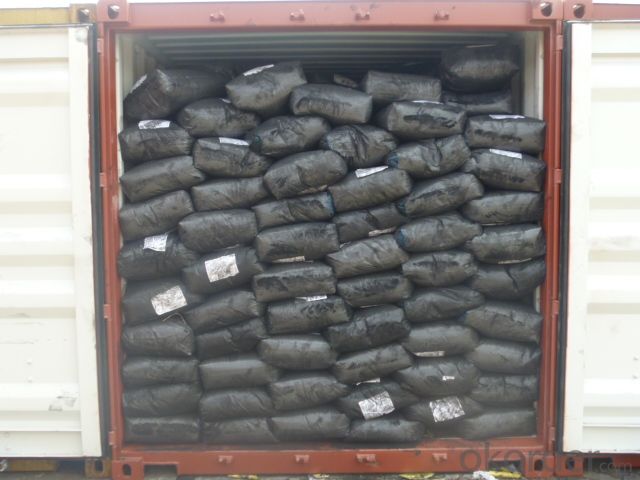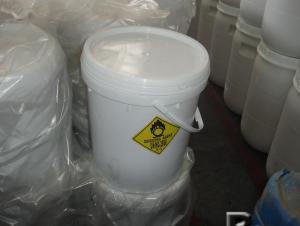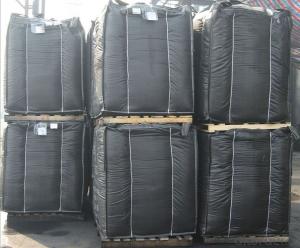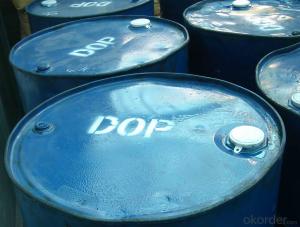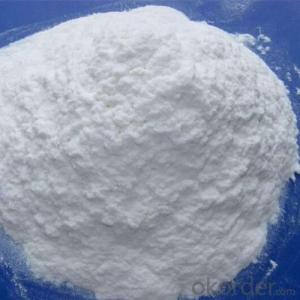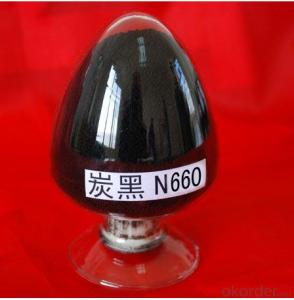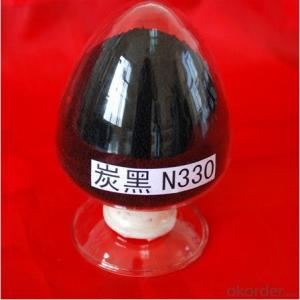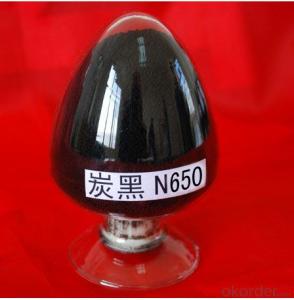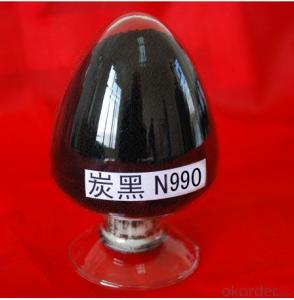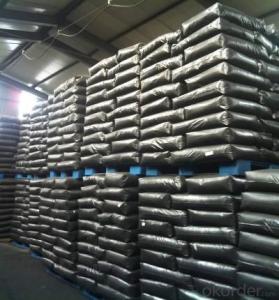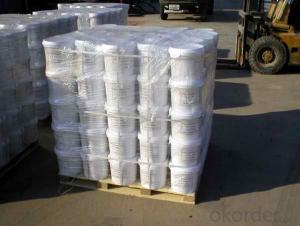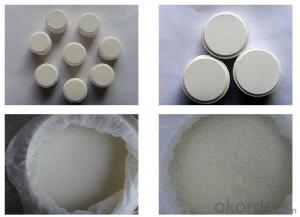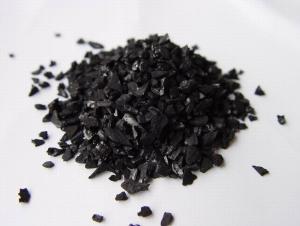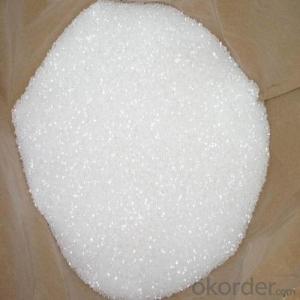Carbon Black N220 N330 N550 N660 Granluar
- Loading Port:
- Tianjin
- Payment Terms:
- TT OR LC
- Min Order Qty:
- -
- Supply Capability:
- 10000MT m.t./month
OKorder Service Pledge
OKorder Financial Service
You Might Also Like
Carbon Black N220 (Granule)
Product Description:
carbon black N220:
1.Usage Rubber Auxiliary Agents;
2.Product Status:Black powder or granular;
3.Standard: ISO 9001:2000
Suggest for Use:
(1) uses for the truck tire, passenger tire tread rubber, etc., and require high strength, high wear-resistant rubber products, such as high-strength conveyor belt, industrial rubber products.
(2) The usage and for the FDA applies to all kinds of rubber, carbon black, compared with the N330, with N220 carbon black in rubber wear resistance is higher 10% to 20%, will provide the high tensile strength of rubber and tear strength, and to a certain degree of conductivity, but high heat and hardness
TDS of the Carbon Black N220
Product Varieties | N220 | Pouring density(kg/m3) | 315~395 |
Iodine absorption Value(g/kg) | 116~126 | 300%modulus(Mpa) | -3.3~1.3 |
DBP absorption Value (10-5m2/kg) | 109~119 | Ash content | ≤0.7% |
24Mn DBP(10-5m2/kg) | 93~103 | 45um sieve residue | ≤0.05% |
CTAB surface area(103m2/kg) | 105~117 | 500um sieve residue | ≤0.001% |
STSA/(103m2/kg) | 101~111 | Impurity | NO |
Nsa surface area(103m2/kg) | 114~124 | Fine content | ≤10% |
Tint strength(%) | 111~121 | Tensile strength(Mpa ) | ≥-2.5 |
Heatloss(%) | ≤2.5 | Elongation at failure | ≥-10% |
Safety:
As a matter of good industrial hygiene, gloves and safety glasses with side shields or better eye protection should be worn when handing Carbon Black ,For more information, refer to the MSDS.
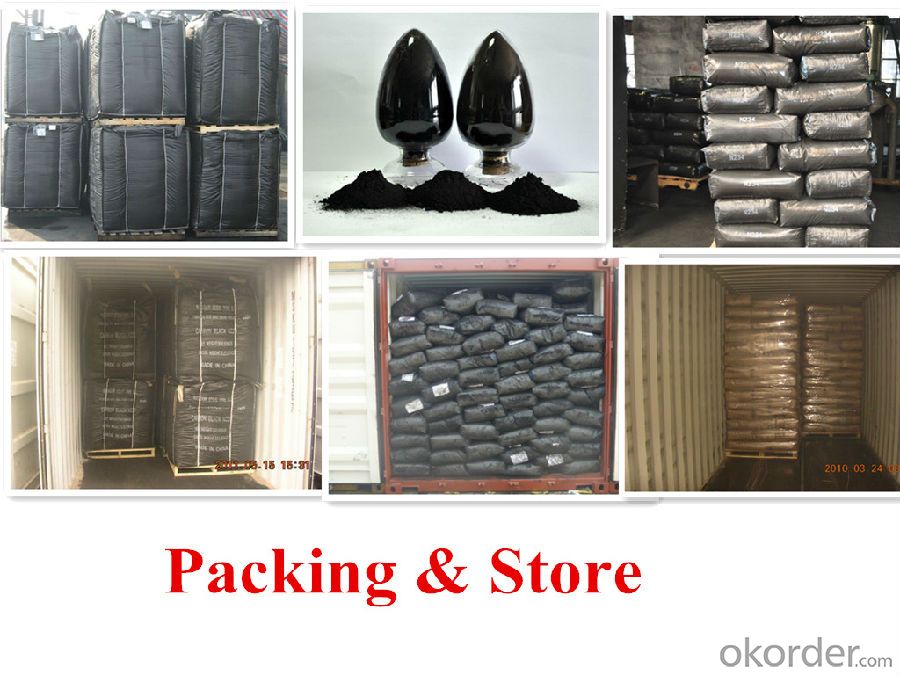


- Q: What is a catalyst in a chemical reaction?
- A catalyst is a compound in chemistry (it can be an acid or temperature or a base or a metal or anything, pressure anything) that shifts the reaction towards one product or the other... In simple words. If you want to obtain something, e.g. water, then you can obtain it in different timings, ie in 2000 years, but if you want to obtain it in 2 hours instead of 2000 years then you add a catalyst, e.g. you heat the reaction to speed it up, you add an acid, or a base etc. Some catalysts also act on the regioselectivity of a compound thru preferring the formation of a stereo-isomer to another. E.g. if you want to obtain S-Thalidomide instead of R-Thalidomide you use a particular catalyst etc...
- Q: What is the difference between biological enzymes and chemical catalysts?
- The biological enzyme is a class of molecules with moderate molecular weight in the living cells. It is a natural macromolecule catalyst in nature because the enzyme and the reactants are more specific than the reaction of the catalyst with the chemical synthesis of the catalyst (1) High efficiency (2) selectivity good by-product less (3) mild reaction conditions and so on
- Q: In chemistry what is a catalyst and an example?
- Catalysts are substances that increase the rate of a reaction by providing a low energy shortcut from reactants to products. In some cases, reactions occur so slowly that without a catalyst, they are of little value. Nearly all reactions that occur in living cells require catalysts called enzymes- without them, life would be impossible. There are two important classes of catalysts: homogenous catalysts like enzymes and aqueous ions that are uniformly mixed with the reactants, and heterogeneous catalysts that provide a surface that holds and reconfigures the reactants in a way that is favorable for reaction. Examples of homogeneous catalysis. Catalysts in solution with the reactants usually provide fast reaction paths by allowing reactants to form an unstable intermediate that quickly decomposes into products. For example, the substitution reaction CH3CH2OH(g) + HCl(g) H2SO4 ----->CH3CH2Cl + H2O(ell) is catalyzed by acid because the ethanol is converted into unstable CH3CH2OH2+, which quickly reacts with Cl- to produce the products. Definition: A catalyst is a subtance that increases the rate of a chemical reaction by reducing the activation energy, but which is left unchanged by the reaction. Examples: A piece of platinum foil is a catalyst for the combustion of methane in air.
- Q: Is the chemical reaction rate constant related to the amount of catalyst used?
- The catalyst has a certain amount of suitable range, the general factory production of some substances (such as ammonia), the amount of catalyst used is limited, to achieve a value after no greater role. So the reaction rate constant is independent of the amount of catalyst used
- Q: What makes an enzyme a catalyst?
- It lowers the energy of activation for a specific chemical reaction. Best wishes.
- Q: Explain how catalysts help to reduce costs in industrial processes !?Thanks
- they reduce the activation energy of a specific chemical reaction, which in turn reduces the temperature at which a reaction will occur at any significant rate (and therefore fuel costs) while generally making the reaction occur faster. In general, if you can catalyze a reaction, you can get away with using less robust equipment because you don't need as much energy.
- Q: Manganese dioxide can be used as a catalyst for various chemical reactions
- The reactor may be a reactant,
- Q: Chemical reactions in the presence of impurities will cause catalyst poisoning, how to understand this sentence
- Catalyst in use will be due to various factors and loss of activity, one of the important factors is poisoning. There are several possible reasons for the poisoning of the catalyst. The small amount of impurities contained in the original branch, or the strong adsorption (mostly chemical adsorption), or the chemical center of the active center, So that active center poisoning. In addition, there may be such poisons in the reaction product; in the preparation of the catalyst, the impurities contained in the carrier interact with the active component and may also poison the active center.
- Q: Does all chemical reactions have a catalyst?
- Not some reaction without catalyst
- Q: What kind of chemical reaction requires a catalyst?
- Too much reaction, and basically related to the industry
Send your message to us
Carbon Black N220 N330 N550 N660 Granluar
- Loading Port:
- Tianjin
- Payment Terms:
- TT OR LC
- Min Order Qty:
- -
- Supply Capability:
- 10000MT m.t./month
OKorder Service Pledge
OKorder Financial Service
Similar products
Hot products
Hot Searches
Related keywords
